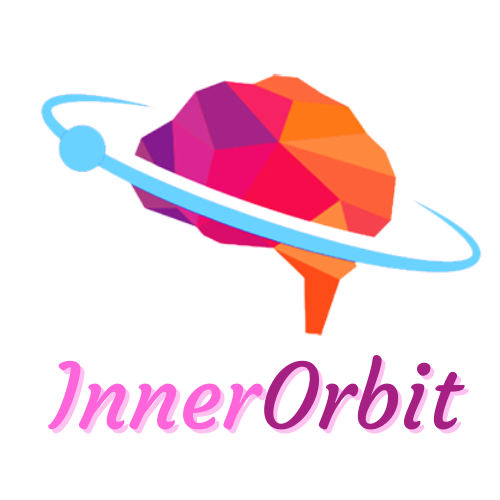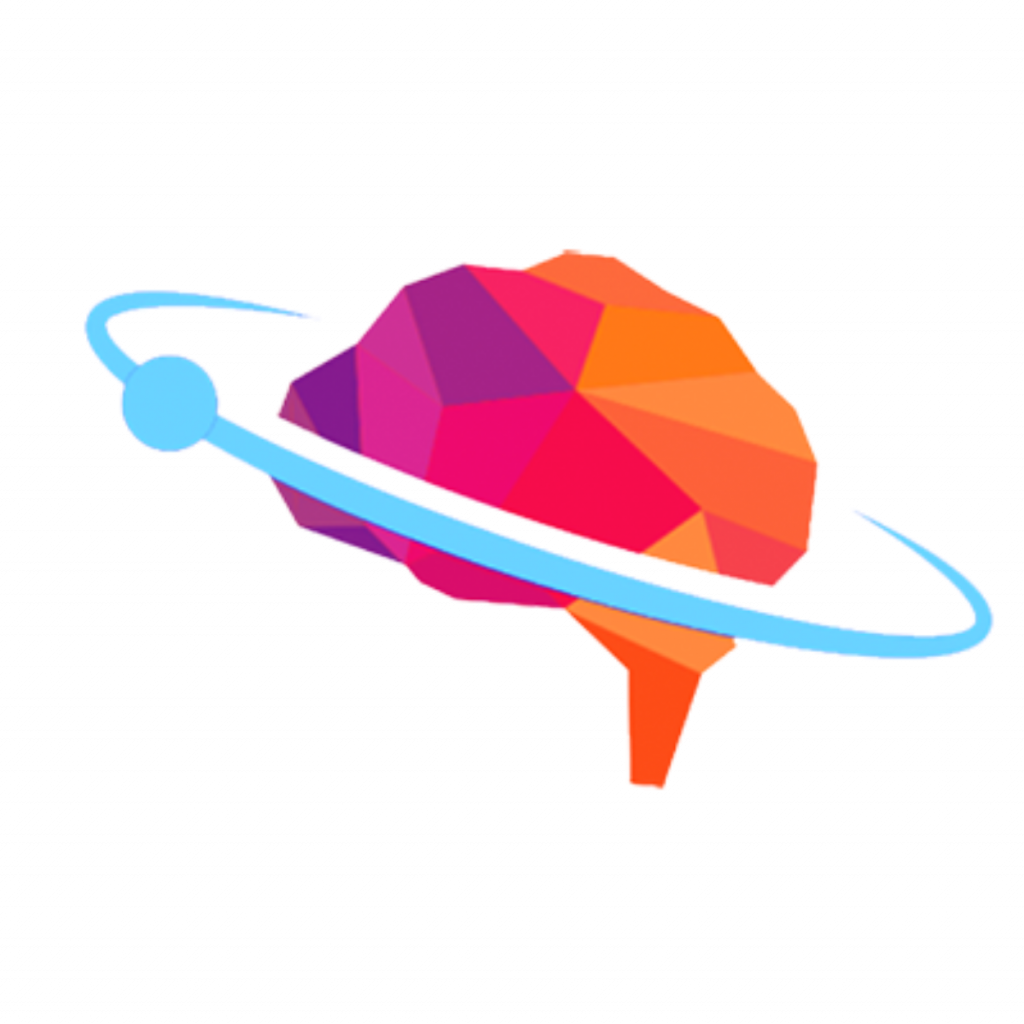
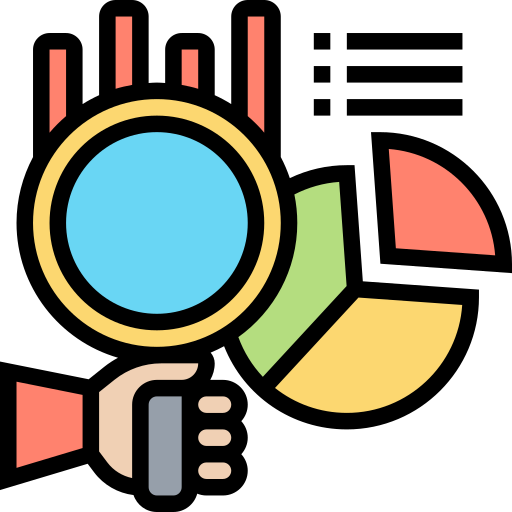
Diagnostic/Prior Knowledge Assessments
Diagnostic assessments provide data inform the beginning of units or courses, so teachers know where to start supporting students or have a baseline to refer back to at the end of a unit, lesson or course.
user story
DIAGNOSTIC/ PRIOR KNOWLEDGE ASSESSMENTS
California Mid-Size City School
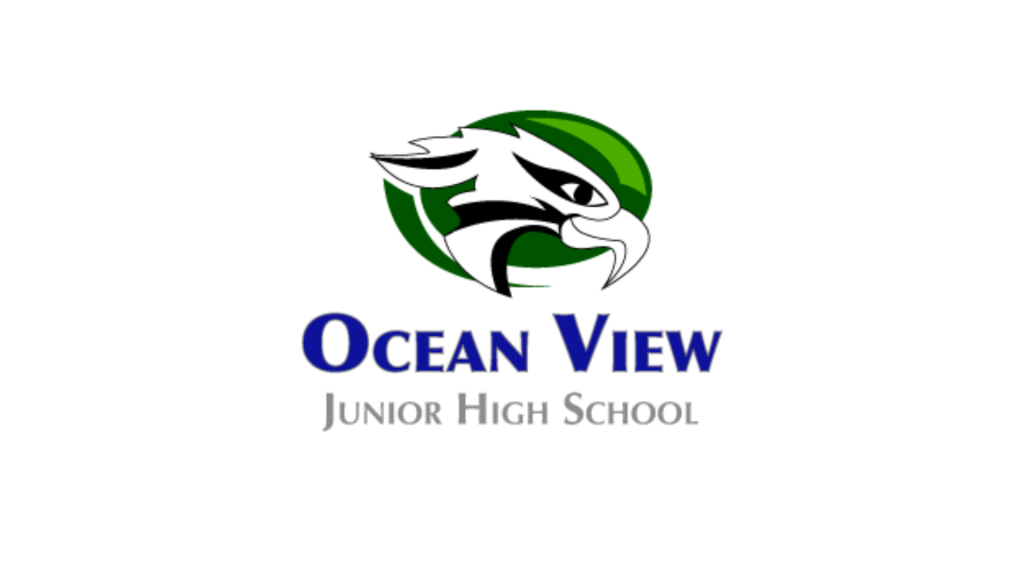
Ocean View Junior High School
Program Overview
Goal: Collect diagnostic, formative, and summative NGSS data on student progress throughout a unit to inform instructional decisions
Frequency: 3 assessments over a 6-week unit
Assessments Created By: Classroom Teacher
The 7th Grade teacher at this school leveraged the phenomena and question-level tags on InnerOrbit to design a Pre- Assessment, Formative, and Unit assessment for their 6 week Plate Motion Unit covering MS-ESS2-2 and MS-ESS2-3.
Diagnostic Assessment
For the Pre-Assessment, the science educator choose mainly prior-knowledge questions, which focused on the DCI content from the prior grade band (the 3-5 level of the DCI, in this case). With this assessment, they identified opportunities for remediation and special foci for the lesson on Plate Motion.
Formative Assessment
Then, they decided to evaluate progress with a Formative Assessment, the science educator choose a mix of on-grade level questions, focusing on the DCIs from MS-ESS2-2 and MS-ESS2-3, and formative questions, which cover 2 of the 3 dimensions in each PE.
Summative Assessment
Finally, for the End-of-Unit Assessment, the science educator choose mainly summative 3-dimensional questions, assessing students’ full mastery of both PEs.
Throughout the entire unit, this science educator was able to analyze students’ mastery of the standards, by dimension, and student results per question to gain insights on student understanding.
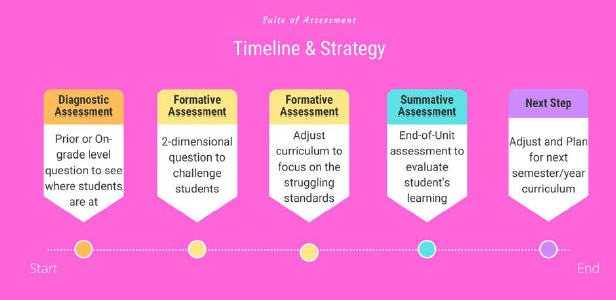
Create a Diagnostic/ Prior Knowledge Assessment with InnerOrbit
The NGSS are built around performance expectations. And within the performance expectation, we have the DCIs; the content knowledge that students have to know. T0 build a prior knowledge assessment, go to the prior grade level.

First, let’s navigate to the Builder from the dashboard by clicking “Get Started”.

There are 2 ways to search on innerorbit: the search bar or the browse tiles. If you have a specific standard in mind, use the search bar. First, you’re going to search for the performance expectation you’re looking for, and then, we’ll apply a question filter and we’re going to look for DCI or 1D questions. You can also type in any of the NGSS dimensions, like “DCI “and look through the search results. If you’d rather browse, use the tiles to narrow down your choices.
We label these as Prior and On-Grade Level knowledge. In our surveys of statewide tests in the blueprints that they use to build those tests, both two-dimensional and three-dimensional questions are fair game, so we recommend that you use our DCI or 1D questions to meet the level of rigor required of a summative assessment to make sure to tick the boxes.

Let’s try looking for standard MS-LS2-1.
We can either use the search bar or click through the browse tiles (Middle School > Life Science > MS-LS2 Ecosystems > MS-LS2-1).
Scroll down to “Matching Phenomena with Questions”. Here you’ll see that there are 4 unique phenomena for this MS-LS2-1 standard.

Click on a tile to preview the phenomenon and corresponding questions. Read through the phenomenon, figures, and data.

Students need to acclimate themselves to the phenomenon. Read through all the charts and graphs we give them and integrate the phenomena with all of the statements and complexity of the questions being asked. If you choose five questions, you should expect students to take between 20 and 25 minutes for students. If you offer 10 questions you should expect them to spend about 40 to 50 minutes answering them.

Click “View your Assessment” to see your selections

Create a name for the activity and press Save. You can find this activity in your Assessment Tab under “Created by you”

Start A District Pilot
Pilot InnerOrbit in your district and share success stories and explore innovative ideas across school sites!
